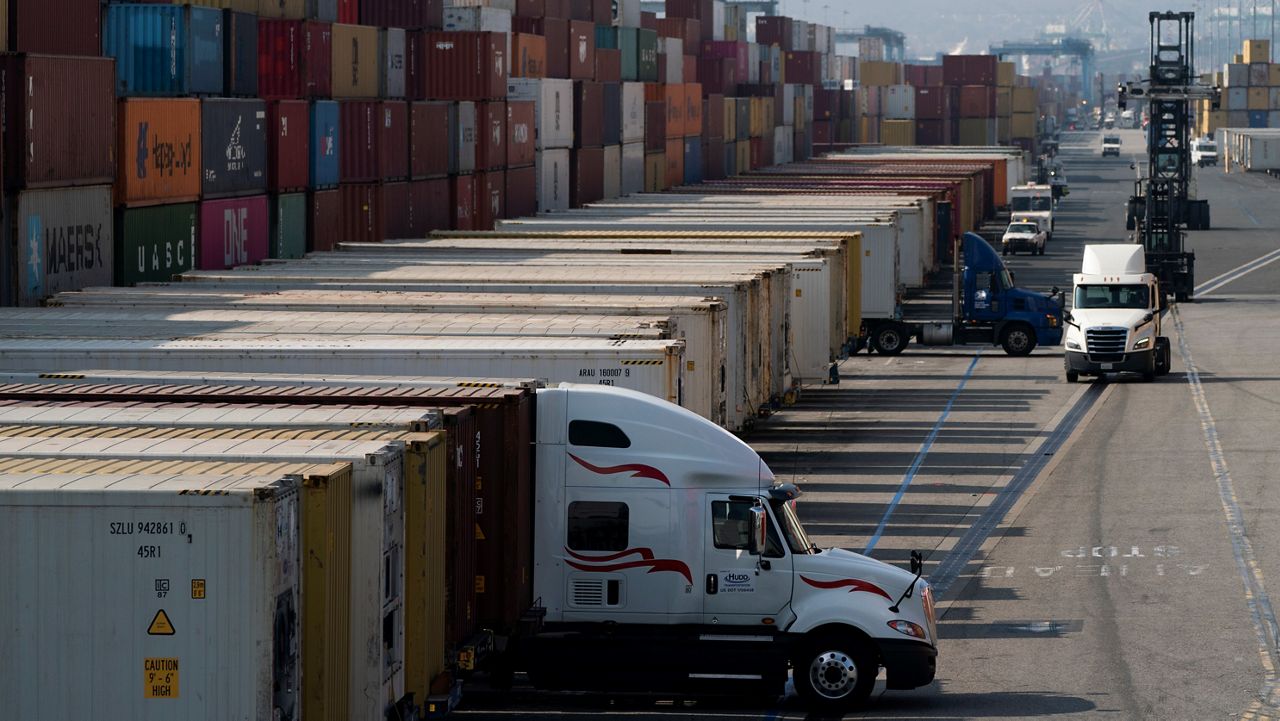LONG BEACH, Calif. — While cargo volume increased by 20% at the Port of Long Beach in 2023, greenhouse gasses were reduced by 17%, marking "significant" progress to reduce air pollution in the harbor area, officials announced Monday.
The Port of Long Beach's annual emissions inventory report found that diesel particulates were down by 92%, nitrogen oxides decreased by 71% and sulfur oxides also decreased by 98%. Results are compared to a baseline study conducted in 2005, before an action plan was adopted to address air pollution at the San Pedro Bay Ports.
"Our ultimate goal is to be an emissions-free port," Port of Long Beach CEO Mario Cordero said in a statement. "We've made significant headway, but getting to this destination is going to require partnerships with private industry to drive new technologies forward, collaboration with other agencies who share our vision and continued close cooperation with our supply chain partners who have helped us get to where we are today."
Known as the San Pedro Bay Ports Clean Air Action Plan, in partnership with the Port of Los Angeles, the policy established efforts to reduce port- related air pollution and health risks. It also outlines initiatives for port development, job creation and economic activity.
The plan was updated in 2017, providing another snap-shot on efforts to reduce emissions in more recent years. Since then, diesel emissions dropped by 22%, nitrogen oxides decreased by 34% and sulfur oxides also reduced by 20%. During the same period, container movement increased by 6%.
Officials cite new government laws addressing cleaner transportation, as well as on-going investments by port-related operators.
"We are proud of the progress we have made and maintain a steadfast commitment to ensuring our operations always use the cleanest equipment and most sustainable practices," Harbor Commission President Bonnie Lowenthal said in a statement. "No other port complex in North America is as committed to improving air quality and diminishing health risks."



